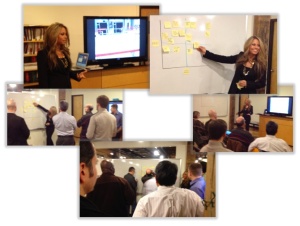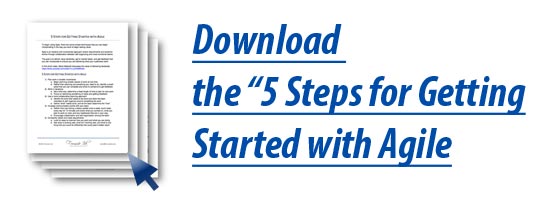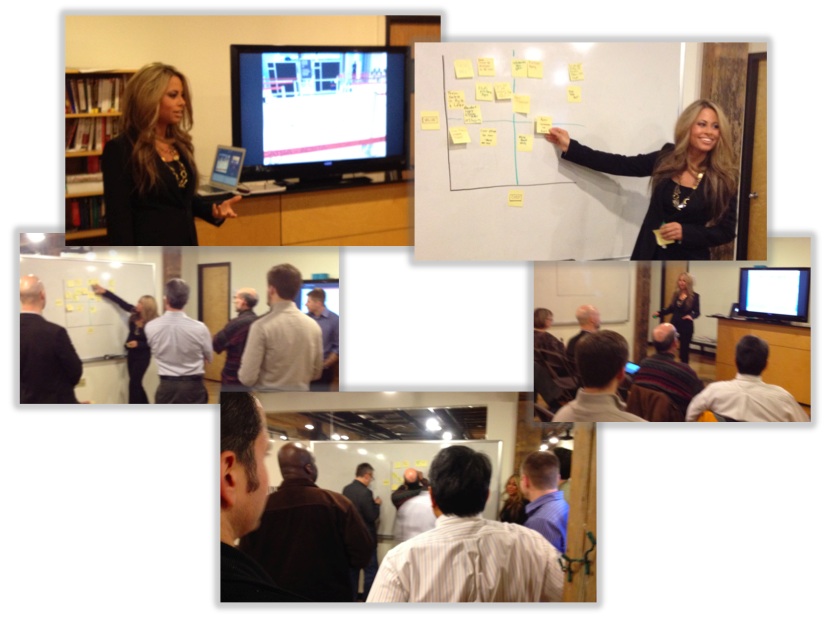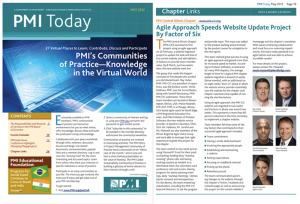Agile Immersion
If you’ve wanted to learn about Agile or if you are currently using Agile and would like to sharpen your skills, join us on Saturday, April 4, 2015 in downtown Chicago for an Immersive Lab as we walk through a simulated project. Sometimes, the best way to learn is to experience a project in action.
We will have Alistair Cockburn, co-creator of the Agile Manifesto and Agile thought leader, Aakash Srinivasan, an Agile Coach and Trainer from Washington, D.C. who has worked with NASA, Freddie Mac, Capital One, and several other Fortune 100 companies, and Larry Suda from New York who has developed an immersive simulation to walk people through an Agile project while dissecting the people-side and leadership aspects necessary to lead in this servant leadership driven environment.
This is a FREE event!! Space is limited, so reserve your spot now if you would like to attend!
RSVP here: http://bit.ly/1bN0zaP





 Formula Ink Innovative Learning | Bringing Culture to Corporate Training
Formula Ink Innovative Learning | Bringing Culture to Corporate Training





 Have you ever felt that you were given a situation that had unrealistic deadlines, a list of requirements with no end in sight, and you didn’t have even a fraction of the resources to complete what was asked of you? This is not an uncommon situation. With growing business requirements, increasing market demands, and a need to have things done “yesterday”, there has to be a way to protect teams from being asked to complete more work than what is realistically possible given the constraints of 24-hour days. Working with a team where these unrealistic requirements were given us, we found that we were able to protect the team by using the Scrum Framework. Scrum is an Agile framework for completing complex projects. Scrum originally was formalized for software development projects, but it works well for any complex, innovative scope of work.
Have you ever felt that you were given a situation that had unrealistic deadlines, a list of requirements with no end in sight, and you didn’t have even a fraction of the resources to complete what was asked of you? This is not an uncommon situation. With growing business requirements, increasing market demands, and a need to have things done “yesterday”, there has to be a way to protect teams from being asked to complete more work than what is realistically possible given the constraints of 24-hour days. Working with a team where these unrealistic requirements were given us, we found that we were able to protect the team by using the Scrum Framework. Scrum is an Agile framework for completing complex projects. Scrum originally was formalized for software development projects, but it works well for any complex, innovative scope of work.